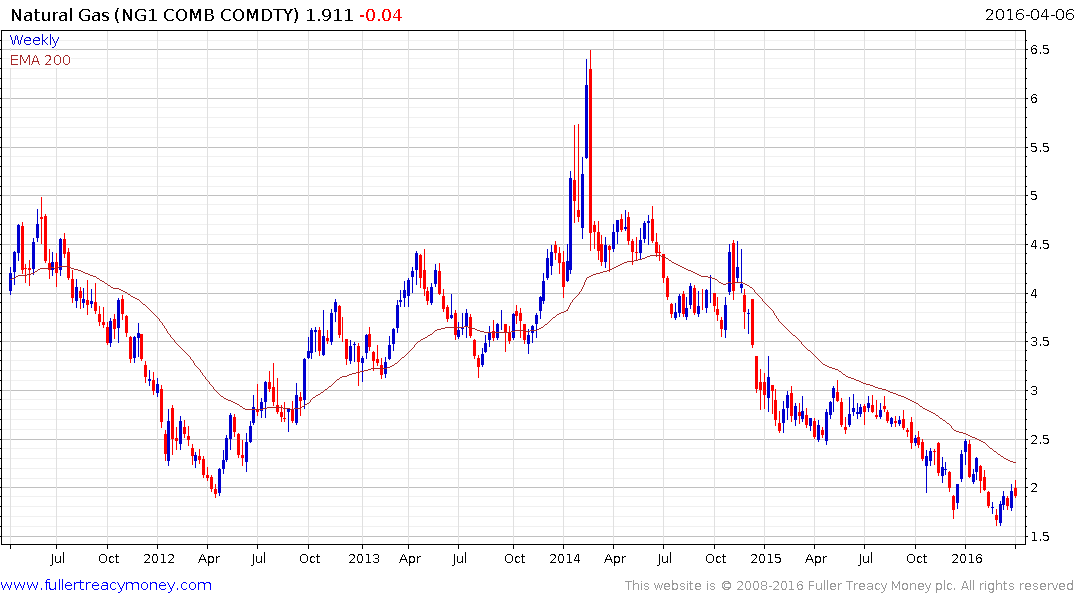Musings from the Oil Patch April 5th 2016
Thanks to a subscriber for this edition of Allen Brooks’ report for PPHB. Here is a section:
There is another aspect of U.S. production that is troubling given the rapid increase in oil prices during March. While we believe much of that increase was driven by speculators who had bet on oil prices falling and were rapidly covering those short positions as optimism about rising demand and falling output supporting higher oil prices grew. As oil prices rallied on the reports of steps being taken to reign in production growth and optimistic estimates for rising demand took hold, industry focus shifted to the question of at what oil price would producers resume drilling? Often overlooked in this process was how higher oil prices would encourage producers to begin completing previously drilled but uncompleted wells, or DUCs as they are referred to. DUCs will enable oil production to recover without an increase in the drilling rig count. It is this phenomenon that had us wondering whether we could see a repeat of what has happened in the natural gas market – steadily rising production despite fewer rigs drilling.
When we plot the price of natural gas and crude oil to the number of drilling rigs searching for each of these commodities, we find very close relationships. Those relationships are shown in the following exhibits.What is equally interesting is the pattern between natural gas and crude oil production versus the number of active drilling rigs seeking the respective commodities. The chart in Exhibit 5 (next page), while busy, is instructive for its relationship between natural gas output and gas drilling rigs. One goes up relentlessly while the other steadily declines. In contrast, crude oil output, which had risen unchecked is now in decline, but only months later than the drop in drilling rigs began. The decline is now being hastened as a result of how few oil drilling rigs are working. What makes the volume-to-drilling-rigs relationship for natural gas different from that of crude oil? Most likely it is the impact of associated natural gas volumes. In 1993, associated natural gas from crude oil wells accounted for 26% to 28% of gross natural gas produced. The ratio declined steadily until 2013 when it was in the 15% to 18% range, but by the end of 2013 was up sharply to 20%.
In the case of natural gas drilling, the fewer rigs working are targeting the most productive areas of the formations. On the other hand, during 2014 and early 2015, oil drilling continued at a high rate adding, we suspect, additional associated natural gas. This probably explains why gas volumes have continued to climb. With crude oil output now falling and both oil and natural gas drilling off sharply, one has to believe that the associated natural gas component of supply will shrink, possibly finally stopping the climb in natural gas volumes. If that happens, look for natural gas prices to begin rising, even with the huge volumes of gas in storage. Should we get a warm summer and economic activity continue to grow, we could see a more positive response by natural gas prices heading into the fall of 2016. That might become the surprise of 2016.
Here is a link to the full report.
The fact natural gas is a by-product of crude oil production is a fact often ignored by analysts. With drilling activity expected to be moribund for the foreseeable future I agree this could be an important factor in gas pricing as the year unfolds. In addition, with prices so low, the incentive to use more gas has seldom been so compelling.

Prices have been trending lower since a retest of the $6.50 area in 2014 and have paused in the region of $2 since late March. A sustained move above the trend mean will be required to confirm a return to demand dominance beyond the short term.


